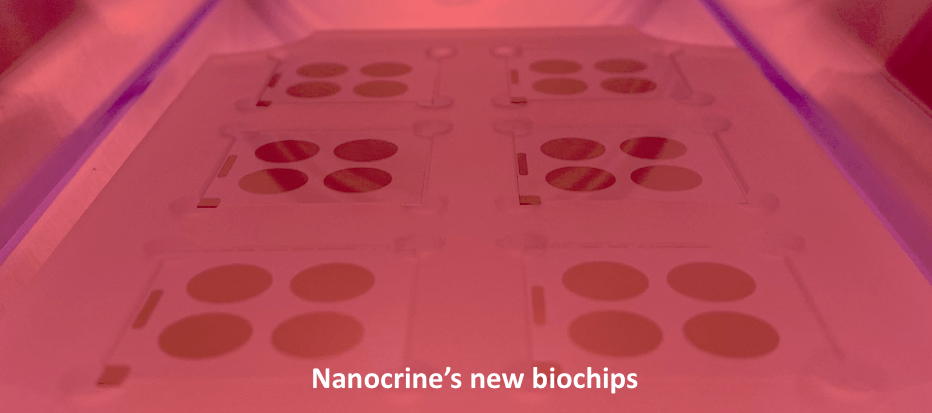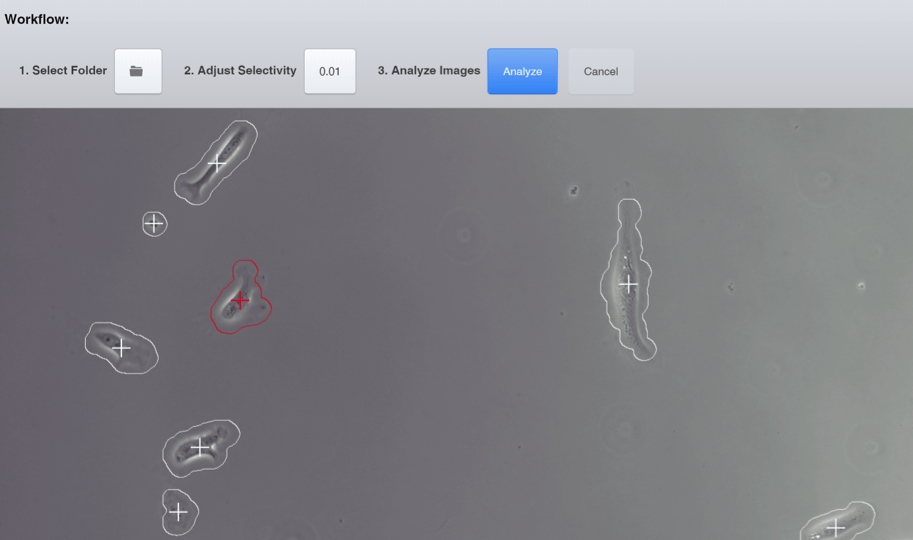Cells: a mystery wrapped in an enigma
Cells are dynamic, ever-changing units of life, with much still remaining to be learned. A particular challenge is to understand how cells communicate with their external environments and each other. A new cell biology innovation promises to radically accelerate research to help unwrap the mystery.
It is known that cell migration and adhesion are integral to a wide range of physiological phenomena. Cell migration in the crowded in vivo environment is guided in large part by extracellular matrix ligands which also govern cellular adhesion.
However, current cell assays require extensive processing time to go from cells to results, which is a major hurdle to accessing a true picture of the cells’ phenotype or status in real time. As an example, in wound healing and infection many cell types are known to rapidly migrate toward damaged tissue but, despite major advances, the molecular mechanisms which guide the cells’ decision-making processes remain unclear.
New biochip works with existing microscopes
Nanocrine has developed a new generation of precision biochip surfaces that impart highly specific physical and chemical cues to live cells. These highly defined chip surfaces enable detection of subtle changes in cell behavior. Bolstered reproducibility enhances signal to noise ratios and increases confidence in findings. Their time to results is in minutes, standard light microscopes can be used, no new instrumentation is required.
Nanocrine’s surface chemistry biochips provide a standardized and customizable test platform for assessing the influence of nearby molecular density on cell adhesion, viability and morphology. The biochips allow real-time monitoring of cells over a range of very specific chemical environments and amplify cellular phenotypes by manipulating ligand availability for cellular adhesion— adding an additional dimension of user defined-complexity to experiments and permitting unique data capture of cellular perturbations.
Nanocrine’s contact guidance biochips provide valuable insights into cell adhesive complex orientation and motility. By providing a standardized product, lab to lab reproducibility is enhanced. They provide a range of topographies multiplexed on a single biochip, and provided at multiple depths, as atomically smooth features that are known to influence numerous forms of cell behavior, from elongation to stem cell renewal.
Save up to 95% of your time
The provided “NanoMAML”software streamlines data generation and analysis. By automatically defining what is and what is not a cell, hours of typically manual work is saved.
Data collected can be exported in common formats, for easy integration into statistical analysis software. Cell biologists are freed up from focusing on analysis and data collection and can instead focus on interpreting results.
Get results faster
Working together, this cell biology innovation increase the speed and productivity of cell biology researchers, by achieving a new benchmark of cells to results for microscopy experiments, through precision defined surfaces and automated analysis software.
For more information, visit nanocrine.com
Article in Applied Bio Materials
DOI: 10.1021/acsabm.1c00797
Want to connect with Cell Biologists?
Marketwise has the data of cell biologists, molecular biologists and many other Life science disciplines.


